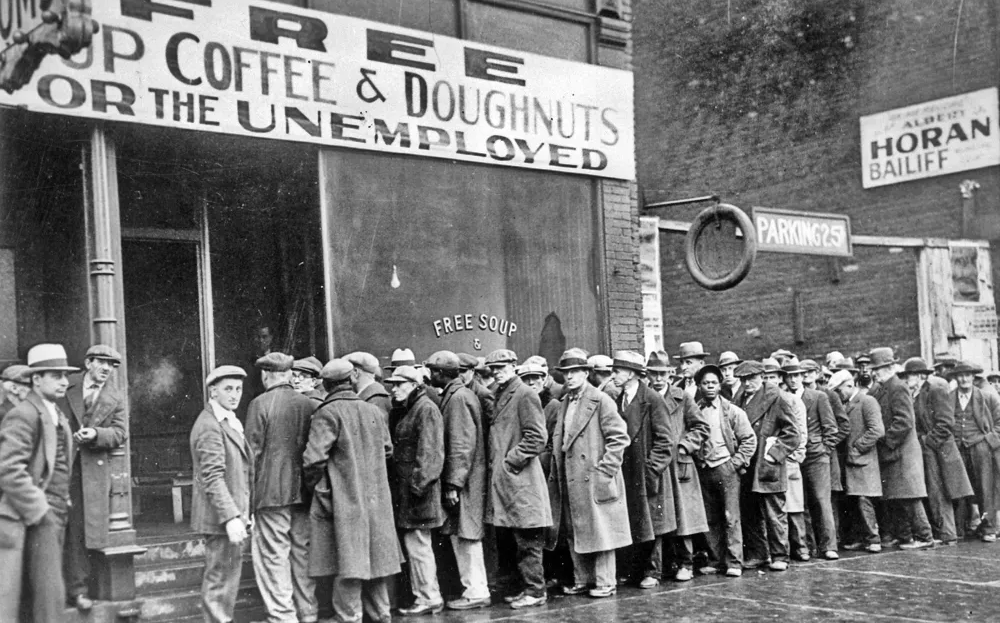Unit 6: The World between the Wars (1919-1939) Overview
Unit 6: The World between the Wars (1919-1939)

Unit 6: The World between the Wars (1919-1939)

Unit 6: The World between the Wars (1919-1939)
This unit emphasizes the impact of the economic devastation in Europe after World War I, the Great Depression, and the social and political problems which plagued Germany in the post-World War I period.
The years between the two world wars were far from peaceful. Germany, Italy and Japan emerged dissatisfied with the peace treaties they were forced to sign after World War I and began to fight for their own interests. The world’s economy collapsed in 1929–31, while civil war broke out in Spain. Both the USA and the new Soviet Union opted out of world affairs—as far as they were able. Eventually the world was at war again, after first Japan and then Germany invaded other countries in the late 1930s.
In the context of the history of the 20th century, the interwar period was the period between the end of the First World War in November 1918 and the beginning of the Second World War in September 1939.
Despite the relatively short period of time, this period represented an era of significant changes worldwide. Petroleum and associated mechanisation expanded dramatically leading to the Roaring Twenties (and the Golden Twenties), a period of economic prosperity and growth for the middle class in North America, Europe and many other parts of the world. Automobiles, electric lighting, radio broadcasts and more became commonplace among populations in the developed world. The indulgences of this era subsequently were followed by the Great Depression, an unprecedented worldwide economic downturn which severely damaged many of the world's largest economies.
Politically, this era coincided with the rise of communism, starting in Russia with the October Revolution, at the end of World War I, and ended with the rise of fascism, particularly in Germany. China was in the midst of long period of instability and civil war between the Kuomintang and the Communist Party of China. The Empires of Britain, France and others faced challenges as imperialism was increasingly viewed negatively in Europe, and independence movements in British India, French Vietnam, Ireland and other regions gained momentum. The former Ottoman, Austro-Hungarian and German Empires were dismantled, with the Ottoman and German Empire's colonies redistributed among the Allies. The far western part of the Russian Empire broke away: Estonia, Finland, Latvia, Lithuania and Poland became independent nation states, while Bessarabia (the Republic of Moldova) chose to reunify with Romania. However, the Communists in Moscow managed to regain control in Ukraine, Armenia, Azerbaijan and Georgia. Ireland was split, with the larger part being independent of Britain. In the Middle East, Egypt and Iraq gained independence. During the Great Depression, Latin American countries nationalised many foreign companies (particularly American) in a bid to strengthen their local economies. Japanese, German, Italian and Russian territorial ambitions led to expansions of these empires, which set the stage for the subsequent world war.
Unit Focus
- political and economic difficulties in recovering from the World War in European countries and the United States
- causes of the stock market crash and the Great Depression
- reasons for the American foreign policy of isolationism in the post-war period
- major changes in domestic life in the United States in the 1920s
Vocabulary
Lesson Reading
Videos and Interactives (Click on Images to View Content)

